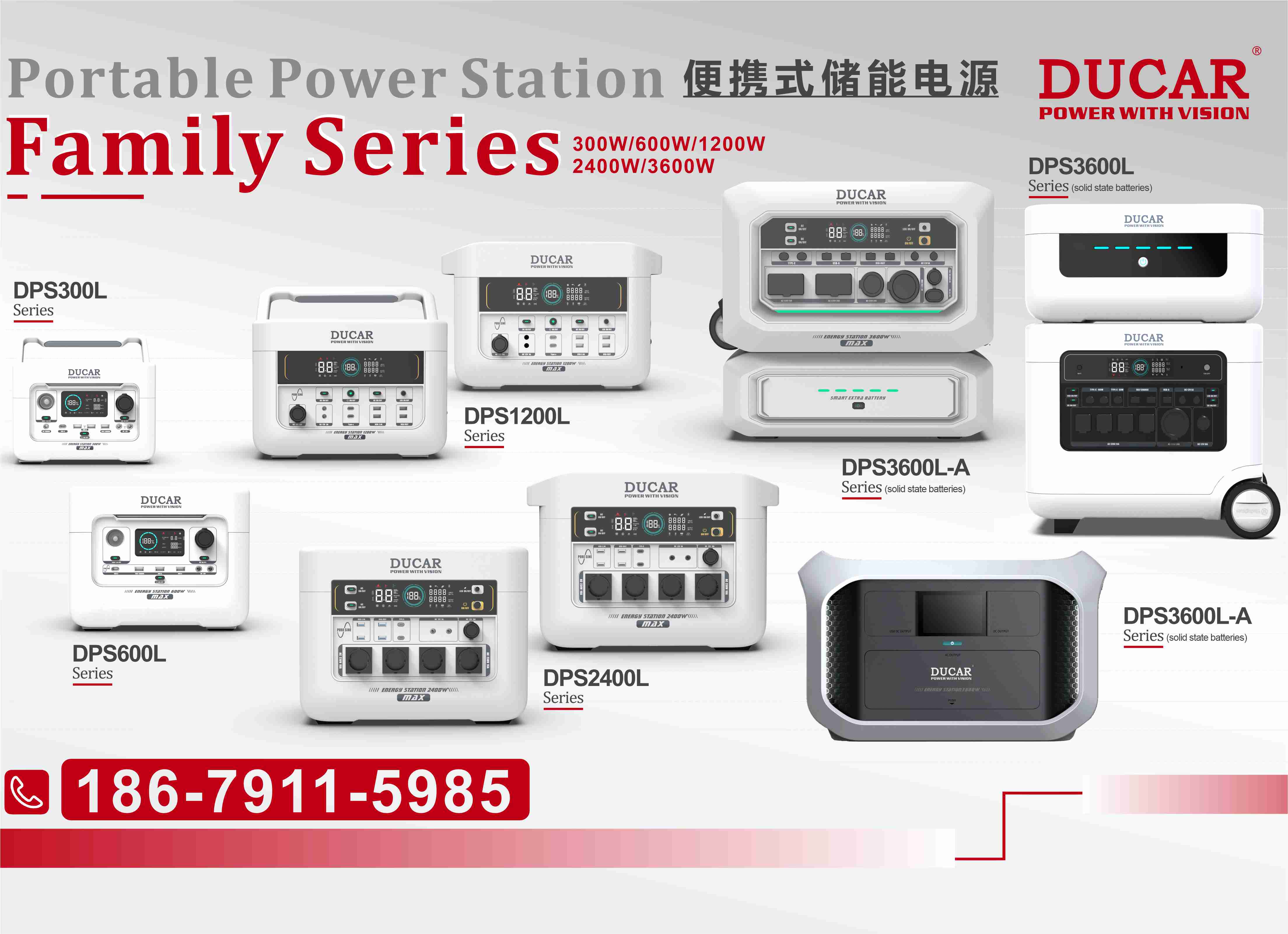
锂离子电池作为目前较为成熟的二次电池体系,因其具有较高的能量密度和放电电压,已成功应用在人们生活的方方面面,但是由于其关键材料的研究已趋近理论值,其能量密度和功率密度的水平无法满足市场的快速发展和性能需求的不断提高。
下一代电化学储能体系,锂硫电池具有很大的发展空间,有望将目前商业化锂离子电池的理想工作范围进一步扩大,满足能量输出端对能量密度和功率密度的更高要求,成为未来十年内储能器件的重要选择。尽管锂硫电池在电池能量密度、成本等方面具有诸多优势,然而目前仍然存在活性物质导电性差、穿梭效应等几大问题却成为其快速发展的瓶颈。

Figure 1 | Schematic illustration of the adsorption limitation of LiPSs for polar hosts. (a) LiPSs can be chemically adsorbed only when they are close enough to the polar surface, LiPSs far from the polar surface cannot be effectively anchored during the cycling. (b) Conductive polar nanoparticles can chemically adsorb LiPSs near their surfaces. When the sulfur content of the composite exceeds the limit, the extra LiPSs would dissolve into the organic electrolyte. (c) The hollow polar structure can bond with LiPSs near the surface, and effectively restrict the diffusion of the inner LiPSs. However, the low conductivity of the host hinders high sulfur utilization. (d) The conductive polar hollow structure inherits both advantages of b,c.
众多科研人员正对诸多问题设计了多样化的纳米结构,平面化的极性表面(图a)固然可以有效地吸附住多硫化物,但是多次充放电后仍然难以避免活性物质的损失。零维的吸附颗粒(图b)同样存在外部活性物质硫的快速流逝的缺陷。不导电的包覆结构(图c)仅仅只有接触导电内表面的一层活性物质可以进行电化学转化过程,核心位置的硫仍然成为“死硫”。综上而言,设计导电性的包覆结构可实现活性物质的有效利用以及优异的循环稳定性。

Figure 2 | Synthesis process of the TiO@C-HS/S composite. (a) Schematic illustration of the synthesis process of the TiO@C-HS/S composite. SEM and TEM images of (b–e) PS spheres, (f–i) PS@TiO2 core-shell spheres and (j–m) PS@TiO2@PDA spheres. Scale bars, 1 mm (b,f,j), scale bars, 200nm (c,g,k), scale bars, 500nm (d,h,l), scale bars, 100nm (e,i,m).
南阳理工大学的楼雄文教授团队提出了一种一氧化钛@碳的中空纳米结构,通过硬模板的方式逐次包覆二氧化钛和PDA,经还原性气氛下碳化后,二氧化钛转化为一氧化钛,PDA碳化成外包覆的一层碳层,该碳层对于内部一氧化钛中空结构稳定性起到了关键作用。

Figure 3 | Characterization of TiO@C-HS and other control host materials. (a–c) SEM images, (e,i,m,q) X-ray diffraction patterns, (d,f–h,j–l,n–p,r–t) TEM images of (a–h) TiO@C-HS, (i–l) TiO2@C-HS, (m–p) TiO2_x@C-NP, (q,r) TiO2-NP and (s,t) C-HS. Scale bars, 1 mm (a), scale bars, 200 nm (b), scale bars, 100nm (c,g,k,n,s), scale bars, 500nm (f,j,t), scale bars, 10nm (d), scale bars, 5 nm (l), scale bars, 2 nm (h,o,p), scale bars, 50nm (r). a.u., arbitrary unit.
为体现TiO@C-HS结构的优异特性,研究人员制备了TiO2@C-HS、TiO2-x@C-NP、TiO2-NP和C-HS纳米结构,二氧化钛具有良好的吸附性能,但是其导电性较差,TiO2-x导电性满足要求,但是其结构为分散的纳米颗粒,而相应的中空碳球虽然具有物理吸附作用,但是其限制多硫化物的作用极为有限。

Figure 4 | Electrochemical evaluation of TiO@C-HS/S. (a) Nyquist plots before cycling from 1MHz to 100 mHz, (b) the second-cycle galvanostatic charge/discharge voltage profiles at 0.1 C, (c) cycle performances at 0.1 C, (d) rate capabilities and (f) the potential differences between the charge and discharge plateaus at various current densities of the TiO@C-HS/S, TiO2@C-HS/S, TiO2_x@C-NP/S, C-HS/S and TiO2-NP/S electrodes. (e) Voltage profiles at various current densities from 0.1 to 2 C and (g) prolonged cycle life and Coulombic efficiency at 0.2 and 0.5C of the TiO@C-HS/S electrode.(h) Areal capacities and (i) voltage profiles at various current densities from 0.335 (0.05 C) to 1.34mAcm_2 (0.2 C) of the TiO@C-HS/S electrode with high sulfur mass loading of 4.0 mgcm_2.
使用这种高导电性的TiO和碳双层包覆结构,可以最大化地降低多硫化物的扩散和实现活性物质的有效利用,TiO@C/S结构复合电极在0.1 C下表现出>1100 mAh g-1的比容量,在0.2 C和0.5 C可稳定循环500圈,每圈容量衰减仅为0.08%。在4 mg cm-2的负载量下,可在不同倍率下均表现出较高的面比容量。

Figure 5 | Characterization of electrode films and separators during cycling. (a,e,i,m,q) Schematic illustration of the mechanisms during redox reaction,SEM images of (b,f,j,n,r) fresh electrode films, (c,g,k,o,s) cycled electrode films and (d,h,l,p,t) digital photos of cycled separators of (a–d) TiO@C-HS/S,(e–h) TiO2@C-HS/S, (i–l) TiO2_x@C-NP/S, (m–p) TiO2-NP/S, and (q–t) C-HS/S. Scale bars, 2 mm (b,c,f,g,r,s), scale bars, 200nm (j,k), scale bars, 500nm (n,o), scale bars, 10 mm (insets of (b,c,f,g,j,k,n,o,r,s)).
通过拆解循环后的电池进行分析发现,TiO@C-HS/S结构的电极表面完整性较好,而其他电极复合结构的表面形貌出现了不同程度的开裂、活性物质脱落等情况。对隔膜进行观察同样发现有显著不同,TiO@C-HS/S结构的电极对应的隔膜表面仅仅有少量的多硫化物存在,而对比样品的隔膜则存在大量的活性物质沉积在隔膜上,说明穿梭效应的显著存在。

Figure 6 | DFT analysis of adsorption energies of S species on TiO (001) and TiO2 (110). Adsorption energies for (a) Sx and (b) Li2Sx (x=1, 2 and 4) compounds on TiO (001) and TiO2 (110) surfaces. Isosurface of the charge density difference for (c) S and (d) Li2S adsorbed on TiO2 (110), and (e) S and (f) Li2S adsorbed on TiO (001). Yellow surfaces correspond to charge gains and blue surfaces correspond to an equivalent charge lost. To make the plot clear, the isovalues are defined as 0.002 in all cases.
为进一步解释TiO复合结构性能较好的原因,研究人员进行了DFT计算分析,可以看出由于TiO在(001)面的钛原子均为Ti5c低配位结构,具有更高的多硫化物吸附能,而TiO2的(110)面则Ti5C和Ti6c比例为1:1。这一工作为设计高导电性和高吸附性能的纳米结构提供了新思路,也使得后续高能量密度电池的设计成为了可能。
该文章发表于Nature Communications,A sulfur host based on titanium monoxide@carbon hollow spheres for advanced lithium–sulfur batteries(DOI: 10.1038/ncomms13065)。
文章来源:高工锂电锂电池产业链企业推广,锂电网(li-b.cn)欢迎投稿。





